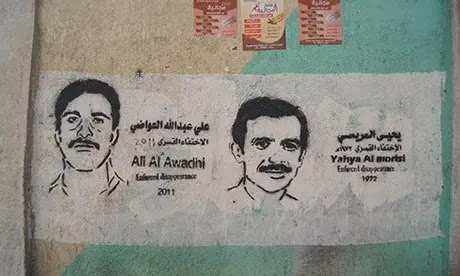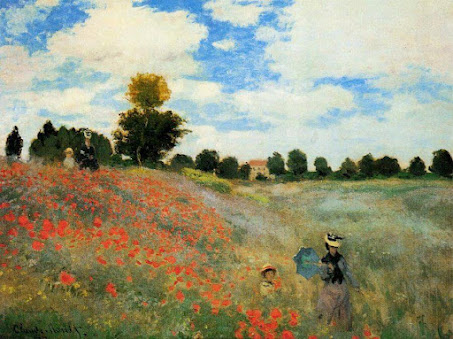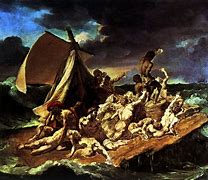Yemeni Art Showcase
For this blog I have gone over primarily Western art history. With this entry I would like to take time to talk about non-western artists and their works, as their contributions to the art world are just as significant. With that, I would like to present contemporary art from the country of Yemen.
The past thirty years have seen great political and civil strife in multiple middle eastern countries, including Yemen. In 2011 the acting president of Yemen, Ali Abdullah Saleh, resigned as the leader of the country following widespread civil outcry against his autocratic leadership. Following this peaceful revolution, the country was led to a constitutional convention by his vice president, backed by the United States government. However, no agreement was reached in the delegations. Multiple groups vying for power were unable to reach acceptable terms and have been jockeying for control in Yemen since.
The armed conflicts and lack of unified infrastructure that took place in Yemen during recent times had left many services failing or unavailable to most citizens. A fuel crisis resulted in sweeping outages and frequent blackouts across the country. In addition to this, electricity bills became far more expensive to keep on top of. Shown above is an electricity bill with numerous phrases written across it, one being They Purchased Light and Smuggled Hope, the title of the piece by Aleryani. This work was part of a series of hers focused on the civil struggle of people living in Yemen, and relays a message of desperation. I particularly enjoy this piece for its title. To have to live without knowing when you may have light or heat is truly harrowing and it is fully captured with the title.
Despite the uncertainly felt by many of Yemen's citizens, people hold onto a sense of optimism and relay it through much of their art. Shown above is a corpse sprouting flowers, a visual metaphor for growing past the conflicts of the past. With this work and multiple others, Nizar conveys hope and optimism for the future of his country as well as his appreciation for its beauty and the talent of its people. For this reason, I greatly admire his works, including the one above.
Al-Shamahi, Abubakr. “Yemeni Street Artist Uses Sana’a Walls to Remember the Disappeared.” The Guardian, 23 Dec. 2016, www.theguardian.com/world/2013/oct/31/yemeni-street-artist-disappeared-sanaa-walls.
Cornwell, Tim. “Invisible but Alive: How the Art Scene Is Surviving in Yemen.” Middle East Eye, 2019, www.middleeasteye.net/discover/yemen-art-scene.
Robinson, Kali. “Yemen’s Tragedy: War, Stalemate, and Suffering.” Council on Foreign Relations, 21 Oct. 2022, www.cfr.org/backgrounder/yemen-crisis.






I wanted to comment on this blog because I really like the non-traditional approach to art that you took regarding Yemeni art and history. Art is very subjective and I think that's something that's gone a bit under the radar during this course. The inclusion of the entry in 'The Walls Remember Their Faces' and 'They Purchased Light and Smuggled Hope' is something that goes beyond what a lot of people would generally consider 'art.' When looking at the struggles of the Yemeni people through history, however, I think they do an amazing job representing the hardships, possibly even more than any 'traditional' art could do. Beyond this, 'Hope For Yemen' is a beautiful piece focusing on optimism for the desperate Yemeni people, showing the power that art, in any form, can have.
ReplyDelete